Planting garlic before winter and the subtleties of growing

Humanity has been using garlic for many millennia. It is both a spicy seasoning and a healer for many diseases. All parts of the plant are eaten, except for the roots - bulbs, young shoots, peduncles and leaves. Garlic comes in winter and spring varieties, differing in external characteristics, properties and cultivation technology. In Russia, 7 varieties of spring garlic are cultivated, and 19 varieties of winter garlic.
Content:
- How to distinguish winter garlic from spring garlic
- Types of planting material for growing winter garlic
- When is the best time to plant and harvest winter garlic?
How to distinguish winter garlic from spring garlic
Based on the name, you can understand that winter garlic is sown before winter, spring garlic - in spring. They differ in appearance. If you compare the two heads of these species, you can see that garlic planted in the fall has several large cloves in one row. Usually there are from 4 to 12. They are located around a solid rod. The cloves are covered with a pink-violet shell.
U spring garlic the rod is missing, but there are a lot of teeth - up to 25 pieces. They are very small and located in several rows. Winter garlic is very difficult to preserve until spring. It is dug up in the summer and used for food and preservation. Part of the harvest is used as seed. This garlic has a more pungent taste than spring garlic, which can be used all winter because it does not dry out and does not lose its properties.
Types of planting material for growing winter garlic
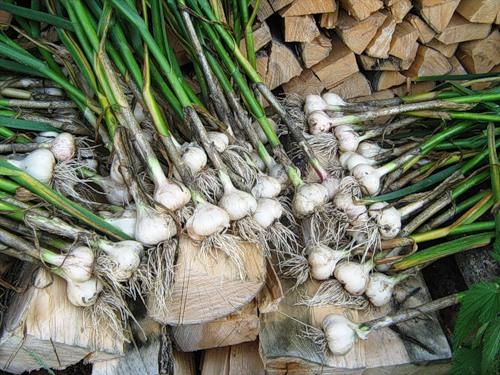
Garlic planted in autumn tolerates frosts well down to 25°, produces green shoots in early spring, and shoots in summer, which usually to increase yield, break out. If you leave arrows on the largest bulbs, you can get additional seed. At first the arrows are curled in the form of a spiral, then gradually they straighten out.
When the arrows finally straighten, you can harvest the crop that forms on the peduncle.
To do this, plants should be dug up, tied into small bunches and stored in a dry place for about a month. Then carefully separate the bulbs and heads with bulbs - aerial bulbs, which are the seed material. If you miss time in harvesting, the bulblets - aerial bulbs - will spill into the ground and bushes of small garlic will grow from them.
Garlic cloves from bulbs can be planted in the fall, but aerated bulbs are best sown in the spring, as they can freeze in winter. The method of propagation by aerial bulbs is very effective and economical, because one garlic bulb contains only a few cloves, and one arrow contains up to 100 small bulbs, each of which can produce a harvest. It is recommended to keep the bulbs in the refrigerator before sowing.
Interestingly, each bulb can produce a bulb consisting of one round clove up to 3 mm in size, which is called a “single clove.” Single teeth are ready to use. If they plant in autumn into the ground, then each will grow a large head of garlic weighing up to 150 g.
Thus, the material for planting garlic before winter can be of three types:
When is the best time to plant and harvest winter garlic?
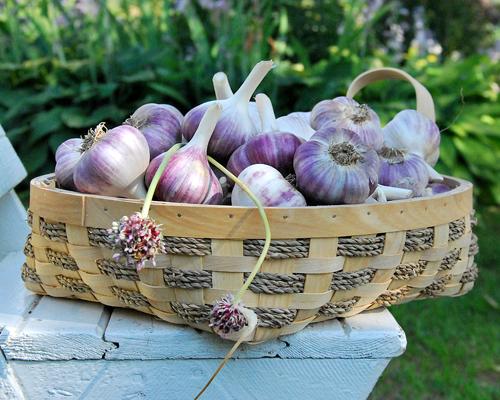
It is very important to consider the timing of planting and harvesting winter garlic. They plant it in the fall, trying to carry out this work 3-4 weeks before the onset of constant cold weather. Depending on the climate zone, planting garlic before winter can be done in late September - mid-November. Before frost, the garlic should have time to sprout into the roots, but not throw away the leaves, and be prepared to go into the winter.
In cold climates winter garlic may freeze, so the practice is to protect plantings using covering material. These can be dry plant stems covered with a film on top, roofing felt or other available materials. In early spring, the cover is removed.
When the soil warms up to 5–10°C, the garlic begins to actively grow. In summer, the arrows should be broken off so that more nutrients enter the bulb. A sign of ripening garlic is yellowed lower leaves and straightened arrows. If you rush into harvesting, the onions are poorly separated into cloves; if you are late, they can break up into separate slices right in the ground.
Agricultural technology for growing winter garlic
Before planting garlic, you need to choose a suitable planting location. It does not like shade and does not tolerate strong drafts, and responds well to organic fertilizers.
The predecessors of garlic in the garden beds can be zucchini, cucumbers, early varieties of cabbage, and pumpkin. After harvesting potatoes, it is not recommended to grow garlic, as this can lead to infection with fusarium and nematodes.
Garlic depletes the soil, so it can be planted in one place no earlier than four years later. It grows well in high beds warmed by the sun. It is better to prepare the place for garlic a month before planting so that the soil settles and compacts well.When digging, compost and humus are added, but in no case fresh manure. If the soil is acidic, ash should be added to it.
Seed material must be dried and warmed in the sun. The onion is divided into cloves without peeling the scales. Select healthy, undamaged specimens. You can disinfect your teeth by holding them in a solution of copper sulfate (1 tablespoon per 5 liters of water, Maxima, pink solution of potassium permanganate).
The landing pattern is something like this. The distance between the rows in the bed should be about 25 cm, the cloves in the row are planted at a distance of 15–20 cm from each other. Plants that are too dense are difficult to care for; the bulbs grow small. It is better to place the rows in the direction from east to west, so that the plants are well lit and warmed up during growth. Garlic cloves are planted to a depth of 10–15 cm.
Advice. When weeding, especially shortly before harvesting garlic, the soil under the plants is raked so that they are well illuminated by the sun. This contributes to better formation of bulbs and faster ripening.
There is nothing complicated about growing winter garlic. A well-chosen location, timely planting and harvesting, and proper care will provide the gardener with a good harvest of a very useful product.
All the details of planting and growing winter garlic in the video:
Interesting information about the vegetable garden

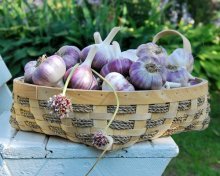
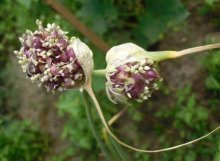
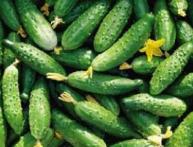
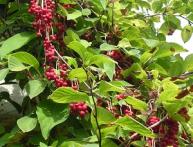
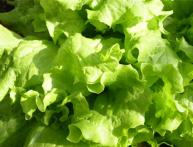
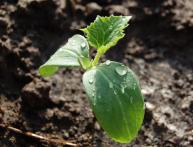
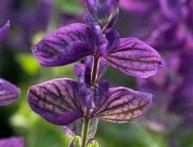

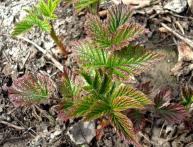
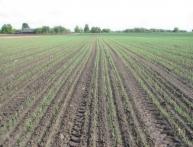
Comments
Garlic is a universal vegetable that can be useful wherever you put it. Before winter, they planted garlic, specially selecting heads of 4-5 cloves. We try to cover the planting site a little and protect it from the cold.